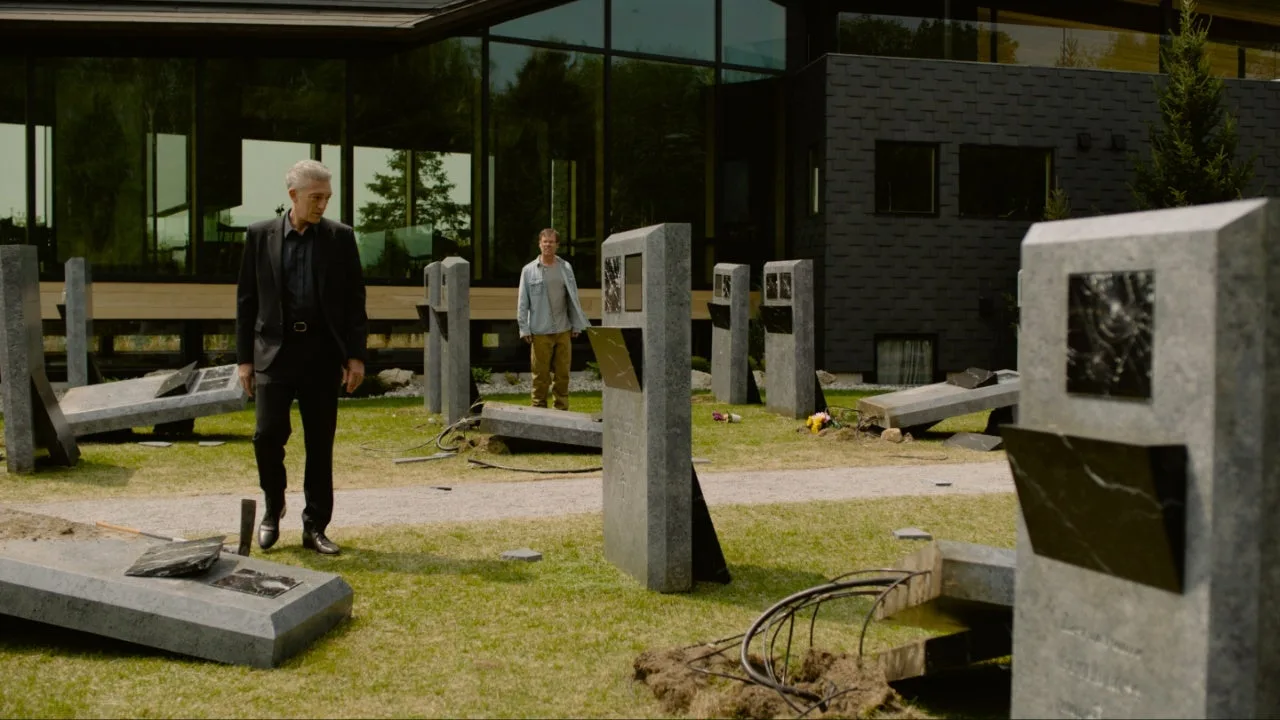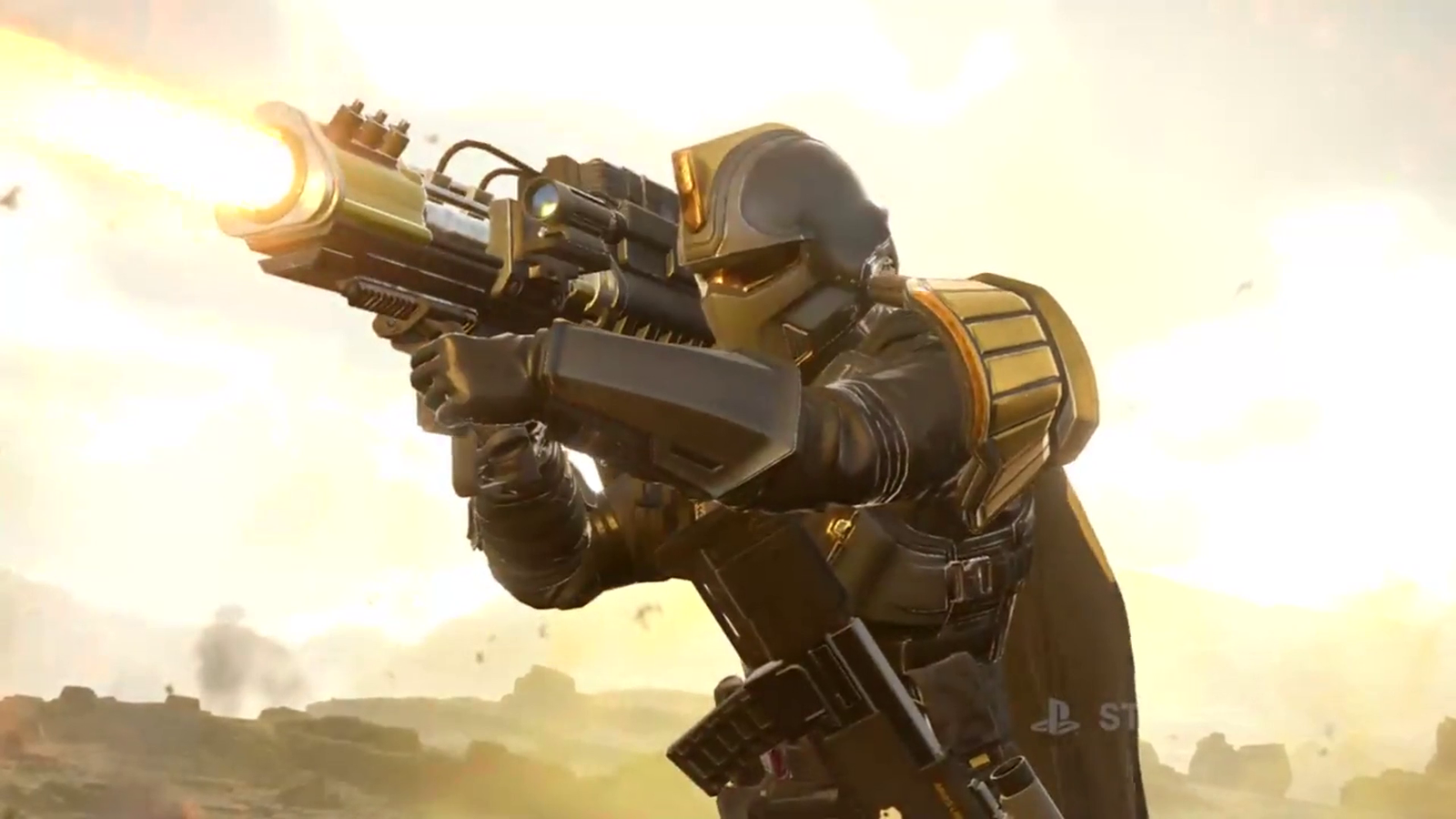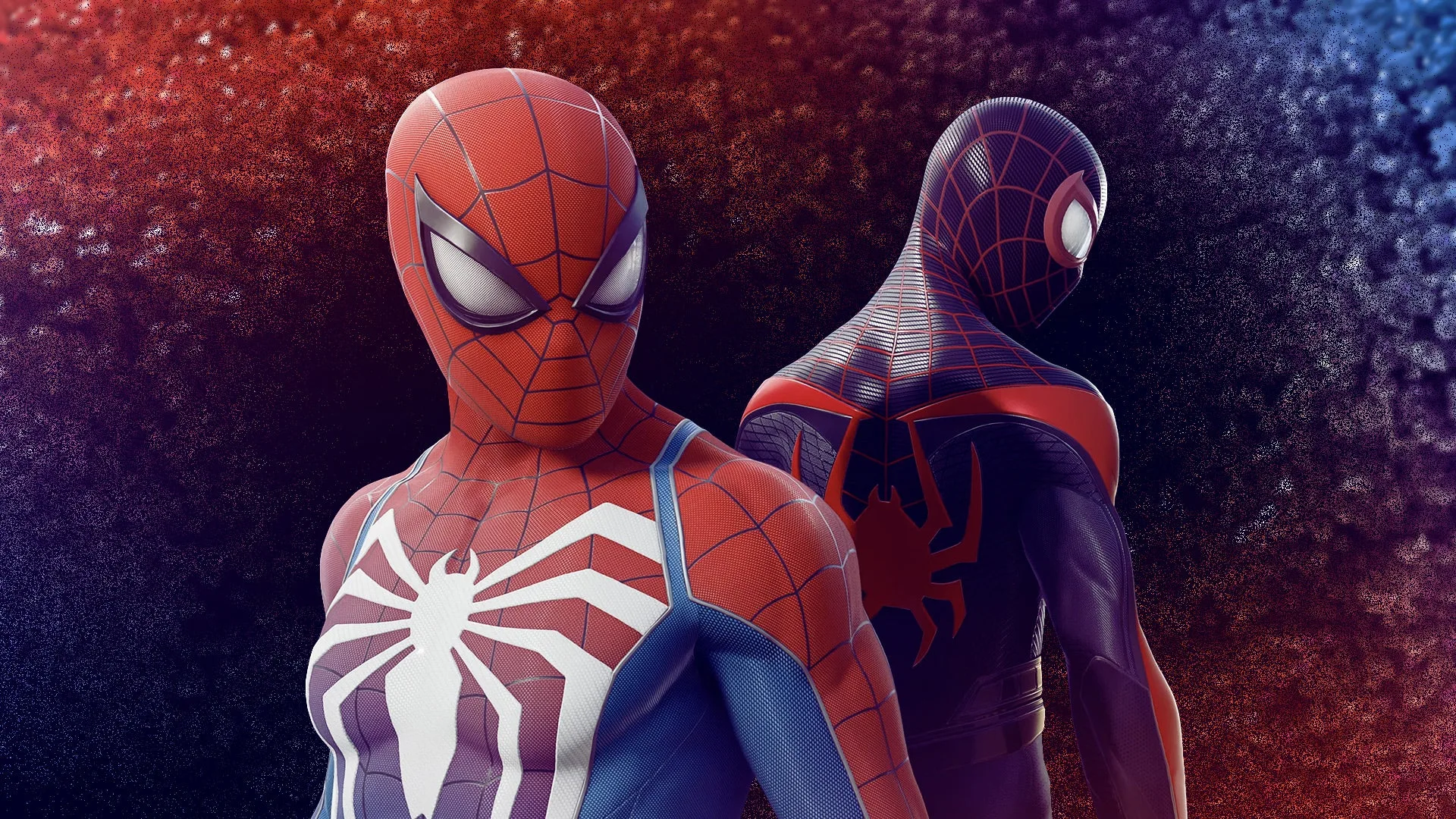The Shrouds will be released at a date TBD. This review is based on a screening at the 2024 Cannes Film Festival.
A deeply personal film made in an impersonal style, David Cronenberg’s The Shrouds is a creepy, languid, occasionally amusing look at the all-consuming nature of grief. Starring Vincent Cassel as a 50-year-old tech innovator who bears a striking resemblance to Cronenberg – sporting a jet-black wardrobe and a head of slicked-back salt-and-pepper hair – it unravels the bizarre details of a post-mortem mystery while exploring dreams and waking nightmares about the temporary nature of human flesh. This creates a vital thematic tension, within which The Shrouds lives and breathes: between death and long-lasting forces like love and desire.
Inspired by the 2017 death of Carolyn Cronenberg, the director’s wife of nearly 40 years, The Shrouds follows Grave Tech CEO Karsh (Cassel), a man trying to revolutionize the experience of mourning. Karsh, like Cronenberg, knows exactly how silly this sounds, as evidenced by scenes of the widower’s first date in several years. His idea of a romantic gesture, it turns out, is to show the woman he’s wooing the grave of his late wife, Becca. Cronenberg’s career-long fixations with violence, death, and body horror have not numbed him to the thoughts of the average viewer, whose shock and disgust he makes sure to capture whenever Karsh explains his signature device: a cocoon-like embalming shroud fitted with visual sensors, which allows mourners to look at the decomposing bodies of their loved ones in real time, and in great detail, on screens fitted into their headstones.
As off-putting as the people around him may find this innovation – one that seems to represent Cronenberg’s own cinematic worldview on the inescapable entanglement of the physical and technological – there’s a sweet and sympathetic streak to Karsh’s macabre confessions. Becca’s death left him feeling hollow, and something within him felt compelled to crawl into her grave alongside her, a fixation he now tempers and channels through electronic means. While The Shrouds has a tendency of stating its themes and its characters’ motives out loud, Cassel’s quiet sorrow is a magnetic focal point, especially when the film starts evolving in disturbing ways. Soon, nodule-like growths emerge on Becca’s skeleton – a side effect of her cancer, perhaps? – raising questions the film attempts to answer, but only from Karsh’s limited vantage.
Notably, Cronenberg’s wife died of cancer, too; the traumatic effects of witnessing illness break down a body you love is central to The Shrouds. Like this process of decomposition, Karsh’s love (and Cronenberg’s) for the human form don’t seem to end with death. And yet, the film is never reductive about Becca’s body, despite its copious nude scenes, and despite laying bare her bones and her few remaining sinews for all to see. Even in Karsh’s dreams, where her skin is scarred, and her breast and arm have been surgically removed, the film maintains a sense of ethereal adoration. In these dream sequences, Becca is played by Diane Kruger, who pulls double duty in The Shrouds as Becca’s still-living twin sister Terry. Despite the similarities in their appearance, Becca and Terry’s physical forms aren’t treated as interchangeable – by Karsh or Cronenberg. The Shrouds approaches love and sexuality from a deeply holistic angle that reflects (and in life-affirming ways, rebukes) Cronenberg’s own Dead Ringers: the human body is as unique as the human soul.
However, Cronenberg also zeroes in on what happens to the soul when it becomes twisted by grief, especially in our modern world. The Shrouds’ fancy, screen-centric cemeteries involve rows of brutalist columns, and are reminiscent of Chantal Akerman’s museum installation about metamorphosis, D’Est. When one such burial site is robbed and vandalized, Karsh seeks the help of a tech-savvy friend, Terry’s maladjusted ex-husband Maury (Guy Pearce), to pull on various threads. These include not only his own work, but Becca’s romantic past, as well as globe-spanning corporate espionage; the details never quite make sense, and are often framed through a xenophobic lens. But in depicting these conspiracies only through the characters’ dialogue, their paranoid thinking remains centered at all times. Just as Cronenberg maintains an awareness of how Karsh’s morbid fixations read to most viewers, so too does he frame his casual suspicions as a coping mechanism and a fallout of media saturation.
Cronenberg has long been fascinated with the overlap of tech and mortality, going back to the transformative snuff broadcasts of Videodrome and, more recently, the cyberpunk cancer drama Crimes of the Future. The Shrouds plays like an opaque extension of the latter, in its exploration of how technology impacts death as a psychological construct, and the way it contorts the act of mourning.
The Shrouds feels like Cronenberg’s most complete, self-assured, and dramatically accomplished work in years.
An early dream sequence sees Karsh letting out a visceral wail, and the film never returns to depicting anguish with such piercing purity. But to fall back on the cinematically familiar would go against everything Cronenberg has ever stood for as an artist. Instead, he shrouds (pun intended) his depictions of pain in ways that aren’t just self-reflexive, but self-critical of grief as a modern cultural concept, and the way it leads people astray – a path to which even his own onscreen avatar is not immune.


